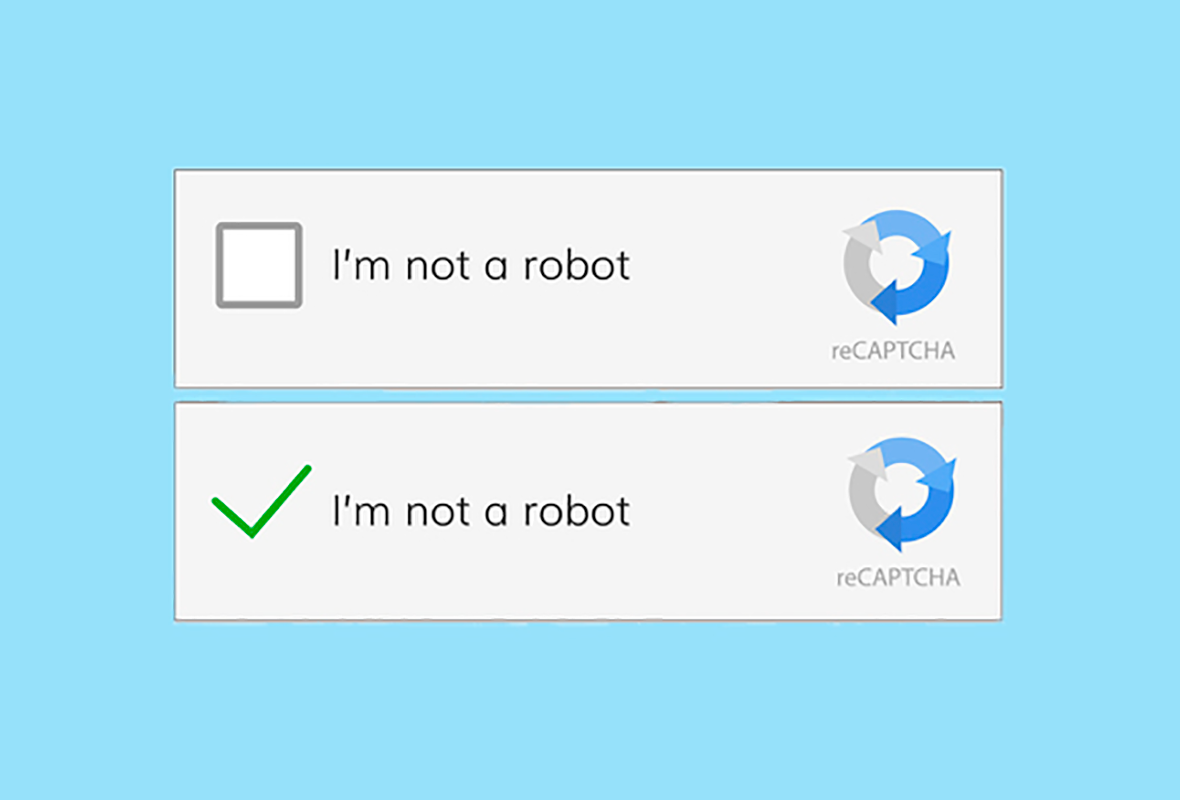Artificial Intelligence
Can machines think? This is the main question that Alan Turing posed in his work “Computing Machinery and Intelligence”, which resulted in what we now call the imitation game (The Turing Test).
The game consists in proving whether an observer can determine if there is a person or a machine on the other side of the room. The machine wins if the observer guesses incorrectly in 30% or more of the cases.
If we analyze the structure of the test, the simplicity with which it tackles certain areas – reasoning, language, knowledge, and memory, among others – stands out.
In away, what Alan Turing was looking for was an integral vision of what we call intelligence, and he used machines for this purpose because they can solve many tasks better than humans – which explains our current dependence on them.
This doesn’t mean that a simulated intelligence surpasses a real one; a calculator can solve problems that a person can’t, but that doesn’t mean that it’s more intelligent than a human.
When a machine beat Turing
In 2013, a chatbot passed the Turing test by pretending to be a 13-year-old Ukrainian teen called Eugene Goostman.
Rather than being considered historical, this landmark event opened up questions about whether some of the answers given – often confusing and erratic – were tokens of intelligence or just a way to anticipate certain questions with pre-established answers.
Below you will find an extract of the conversation between Scott, a human being, and Eugene, a computer.
Within the same context, the following doubts about the method can also be raised:
- Who can guarantee the impartiality of the observer?
- Is it possible to pass the test by cheating rather than imitating?
- Is the test really a measure of simulated intelligence?
It’s not the machines, it’s us
Nowadays, there is much discussion about machines replacing humans in different tasks. Manufacturing, logistics, unassisted driving, classification, and decision-making are among the most relevant examples, revealing a focus on increasingly specialized tasks rather than the global concept of intelligence.
In the last five years, this specialization has led to extraordinary advances in areas including image recognition, instant translation, “cognitive” software and specialized hardware capability. These developments are driven by the reinterpretation of techniques such as the use of neural networks and an increase (x10000) in GPU compute capability.
The Turing Test has been an important tool in pushing the concept of intelligence forward, establishing a vision of the future and defining a goal to surpass. However, current applications are area-specific, not global, which is why most scientists do not focus on beating the Turing test, but rather on achieving their own personal challenges in their specific fields.


